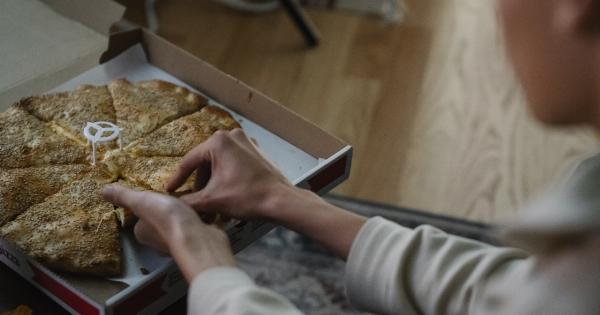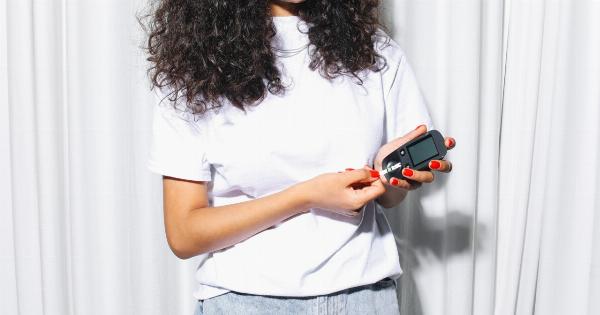When it comes to Halloween, one of the most treasured experiences for children is the massive haul of candy they receive from going trick-or-treating.
From bright-colored skittles to gooey caramels and chocolate bars, the candy helps make memories of the haunted holiday. But when it comes to dietary restrictions or concerns over the sugar highs and crashes, is there a way to keep the spirit of Halloween alive without sacrificing health? Enter virtual candy.
Virtual Reality Trick or Treat
Virtual reality (VR) is quickly emerging as one of the more innovative ways to experience the world. As a computer-generated simulation, it transports users to a different space, where they can potentially interact with digitized objects.
With VR technology, users can be totally immersed in the experience, hearing and seeing things as if they actually exist in front of them.
For Halloween 2021, many companies are offering virtual reality trick-or-treating experiences. Players can dress up their digital avatars in costumes and go to various virtual houses to collect Halloween treats.
Instead of actual candy, users earn virtual candy they can redeem for digital prizes. These VR games are available on various platforms, including PlayStation VR, HTC Vive, and Oculus.
Candy Without the Cavity Risks
While parents worry about their children’s sugar intake, virtual candy takes out the risk of consuming too many sweets. These products offer an alternative to giving out sugary treats while keeping the Halloween spirit alive.
Virtual candy is a safer and healthier option, especially for those with health concerns or allergies. For parents who’ve banned junk food from the house altogether, it is a perfect way to still participate in a traditional holiday experience, without compromising their values.
Virtually Fun, but Not Real
While virtual reality offers a fun Halloween experience, it does not compare to the traditional trick-or-treating experience.
For many children, the exciting part comes from dressing up and walking house to house with friends and gathering as much candy as possible. The social aspect of trick-or-treating is lost in virtual reality. In addition, virtual candy cannot be eaten, enjoyed, or savored the way that real candy can.
The Future of Virtual Reality Tricks and Treats
Virtual reality technology is still relatively new and is continually evolving. While virtual reality trick-or-treating is a relatively new concept, it is gaining popularity among young people.
It is possible that, in the future, virtual reality will replace traditional trick-or-treating altogether. Virtual reality technology has the potential to go beyond Halloween: it can change the way we socialize, learn and even explore new ideas.
Challenges for Parents
Parents face challenges while navigating how much virtual reality to allow for their children. As with all newly emerging technologies, virtual reality can have unknown effects on children’s developing minds.
The immersive experience of virtual reality can be addicting, and some parents may be hesitant to let their children spend a lot of time in digital worlds. Parents should always set time limits and ensure that their children use their virtual reality gear safely. It should never replace physical exercise or social interaction.
Conclusion
Virtual reality trick-or-treating may not replace the physical experience entirely, but as technology advances, it continues to offer new and exciting alternatives.
The concept of virtual candy not only aligns with health-conscious parents’ dietary restrictions but also fits with the digital era. There are both advantages and disadvantages to this innovative way of celebrating Halloween, and finding balance is the key to enjoying both the real and virtual worlds.































